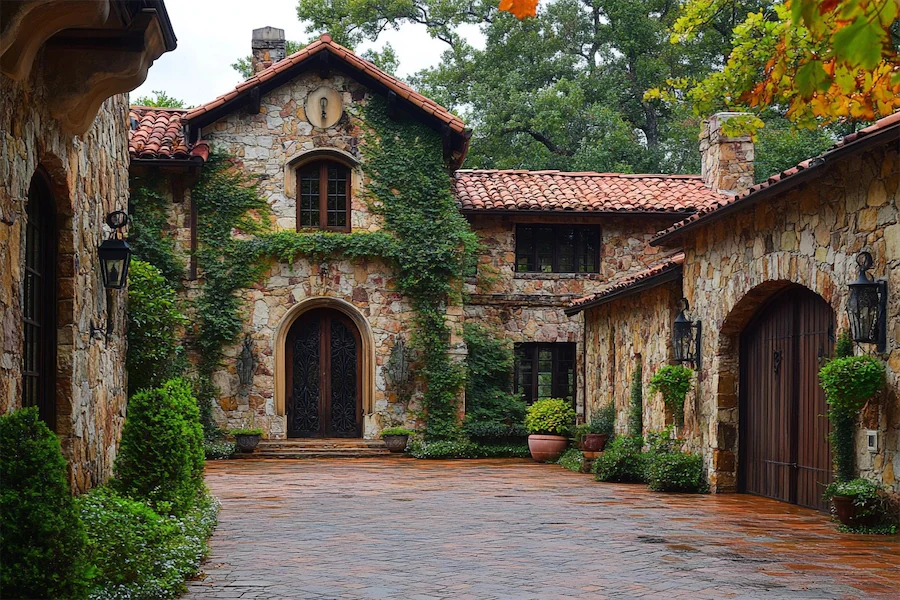Stone masonry walls are a timeless architectural feature, renowned for their durability, aesthetic appeal, and structural integrity. Utilizing natural stone and skilled craftsmanship, these walls have been integral to construction practices across various cultures and eras.
Introduction to Stone Masonry Walls
Stone masonry involves constructing structures by laying individual stones systematically and binding them with mortar. This technique is employed in building foundations, floors, retaining walls, arches, and columns. The stones used are natural rocks, meticulously cut and dressed into proper shapes to fit together seamlessly.
History and Origins of Stone Masonry Walls
The art of stone masonry dates back thousands of years, with early civilizations utilizing locally available stones to construct shelters, fortifications, and monuments. Over time, various styles and techniques emerged, reflecting the cultural and functional needs of societies. For instance, dry stone walls, built without mortar, were common in rural landscapes, while more refined ashlar masonry was prevalent in monumental architecture.
Key Features of Stone Masonry Walls
- Durability: Stone masonry walls are highly resistant to weathering, fire, and pests, ensuring longevity with minimal maintenance.
- Aesthetic Appeal: The natural textures and colors of stone provide a timeless and elegant appearance, enhancing the visual appeal of any structure.
- Thermal Mass: Stone’s high density allows it to absorb and store heat, contributing to energy efficiency by regulating indoor temperatures.
- Structural Strength: Properly constructed stone masonry walls can bear substantial loads, making them suitable for both load-bearing and non-load-bearing applications.
Applications of Stone Masonry Walls
- Retaining Walls: Used to hold back soil in landscaping and civil engineering projects, providing both functional support and aesthetic value.
- Building Facades: Enhancing the exterior appearance of buildings with a classic and robust finish.
- Interior Features: Incorporating stone walls within interiors to create focal points, fireplaces, or accent walls that exude rustic charm.
Considerations When Choosing Stone Masonry Walls
- Material Selection: Choosing the appropriate type of stone based on factors like durability, availability, and aesthetic preferences.
- Construction Technique: Deciding between different masonry styles, such as rubble masonry for a rustic look or ashlar masonry for a more polished finish.
- Skilled Labor: Ensuring the availability of experienced masons, as the quality of workmanship significantly impacts the wall’s performance and appearance.
- Cost: Considering the higher initial investment compared to other materials, balanced against the long-term benefits of durability and low maintenance.
Conclusion
Stone masonry walls stand as a testament to enduring construction practices that blend functionality with beauty. Their versatility and resilience make them a favored choice in various architectural applications, offering structures that are both timeless and robust.
